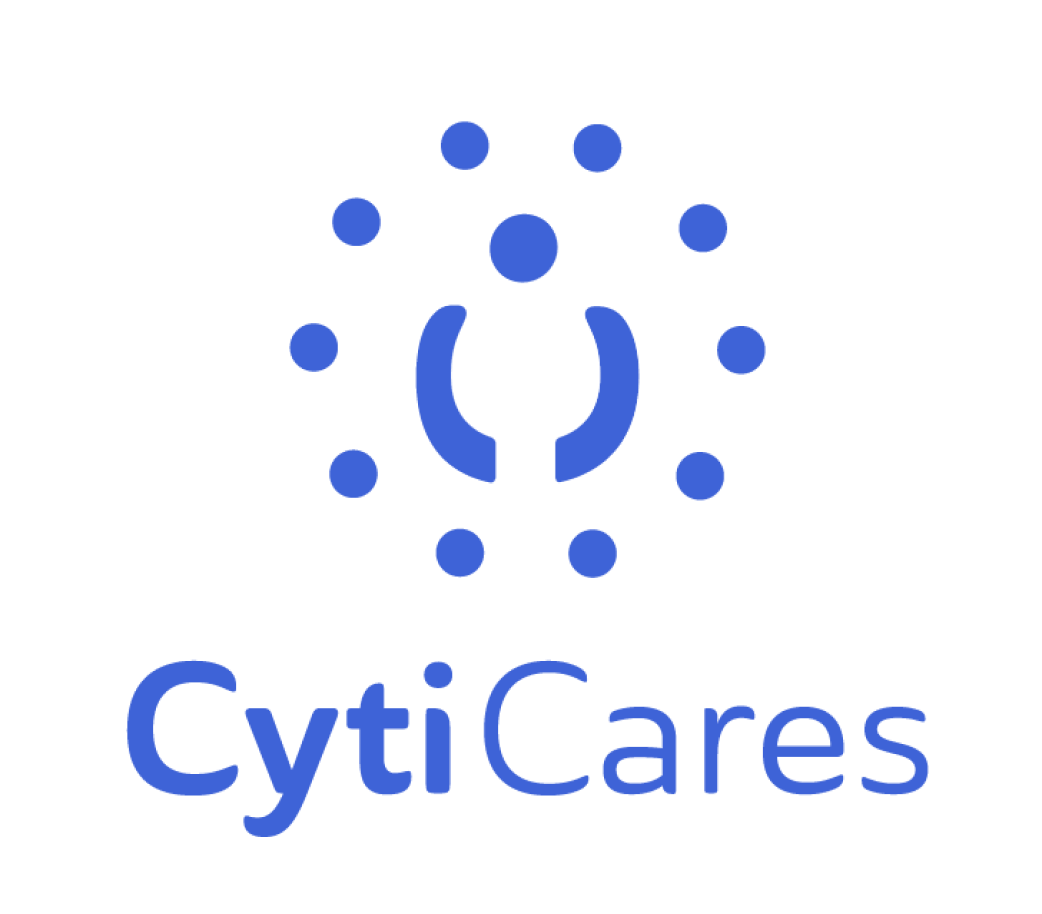Emotional abuse is a silent predator, often leaving victims grappling with the aftermath long after the visible scars have healed. One of the profound consequences of emotional abuse is Post-Traumatic Stress Disorder (PTSD). While commonly associated with physical trauma, PTSD from emotional abuse is a nuanced and challenging experience. In this article, we will delve into the intricacies of PTSD stemming from emotional abuse, shedding light on its manifestations and the path to healing.
The Complex Nature of Emotional Abuse
Emotional abuse is a subtle yet potent form of mistreatment that can occur in various relationships, such as romantic partnerships, familial ties, or even within friendships. Unlike physical abuse, emotional abuse targets the psyche, leaving lasting imprints on an individual’s mental and emotional well-being. The abuser may employ tactics like gaslighting, manipulation, and degradation, creating an environment where the victim questions their reality and self-worth. This persistent erosion of one’s identity becomes a breeding ground for the development of PTSD. According to Jenna Fletcher and Beth Sissons of Medical News Today, emotional abuse can affect people in different ways. It can have several long- and short-term effects. These might be physical, psychological, or both.
PTSD is often associated with war veterans, but its roots extend far beyond the battlefield. According to Rebecca Valdez, emotional abuse can impact your mental health. Repeatedly experiencing emotional abuse can wear down your sense of self, self-worth, and confidence. Emotional abuse can trigger PTSD, leading to a range of symptoms such as intrusive memories, nightmares, hypervigilance, and emotional numbness. Victims may find themselves caught in a relentless loop of reliving traumatic events, even long after the abuse has ceased. Understanding these manifestations is crucial for both the individuals affected and those seeking to support them through the healing process.
Attachment, the emotional bond formed between individuals, plays a pivotal role in how we navigate relationships. Emotional abuse disrupts healthy attachment, leaving victims grappling with trust issues and a heightened fear of vulnerability. Jordy Macbeth states that an individual’s attachment style can be indicative of their susceptibility to victimization in an abusive relationship. It is important to understand what your attachment style is in order to develop healthy communication skills and constructive conflict resolution strategies, and to build secure attachments in your adult relationships.
Cognitive Distortions and the Healing Process
Emotional abuse often instills toxic thought patterns known as cognitive distortions. These distorted beliefs can perpetuate the cycle of PTSD, hindering the recovery process. Recognizing and challenging these distortions is a fundamental aspect of healing. According to Dr. Patrick Keelan, restructuring the thoughts and beliefs which fuel hot spots for traumatic events involves evaluating these thoughts and beliefs with evidence. This allows the person to move toward more accurate, balanced thoughts and beliefs in relation to the events
Dialectical Behavior Therapy (DBT)-informed approaches have shown promise in treating PTSD from emotional abuse. Developed by Dr. Marsha M. Linehan, DBT principles focus on emotional regulation, interpersonal effectiveness, distress tolerance, and mindfulness. These skills empower individuals to navigate the aftermath of emotional abuse by fostering emotional resilience and healthy coping mechanisms. Incorporating DBT-informed approaches into therapy can provide a structured and effective roadmap for individuals on their healing journey.
Reclaiming power is central to overcoming the impact of emotional abuse and healing from PTSD. According to Open Heart Holistic Therapy, empowerment is all about self-love. If you are overcoming trauma, you must learn to love yourself deeply, as this is a key part of being empowered. The road to recovery may feel like a steep mountain to climb right now, but it’s okay to take baby steps. Empowerment involves recognizing one’s agency and actively participating in the healing process. By fostering a sense of control and self-efficacy, individuals can gradually break free from the chains of PTSD and forge a path toward emotional well-being.
According to renowned author and trauma survivor Jasmin Lee Cori, the healing journey from emotional abuse is not linear. It involves navigating peaks and valleys, confronting setbacks, and celebrating small victories. She encourages individuals to embrace the nonlinear nature of healing, emphasizing self-compassion and patience in the process.
Understanding PTSD from emotional abuse is a crucial step toward fostering empathy and support for those navigating the intricate path of healing. By acknowledging the complex nature of emotional abuse, embracing holistic approaches, and incorporating insights from experts, individuals can embark on a journey towards reclaiming their lives. The journey may be challenging, but with the right tools, support, and a commitment to self-empowerment, healing is not only possible but achievable.
About the Author
Dr. Rahmany began her academic journey at San Francisco State University, earning a bachelor’s degree in psychology. She furthered her studies at the California School of Professional Psychology, obtaining a master’s and a doctorate in clinical forensic psychology. She started her career at the California Department of Corrections and then joined Cyti Psychological and became the National Clinical Director. Her diverse experiences have reinforced her commitment to psychology and its impact on communities.








